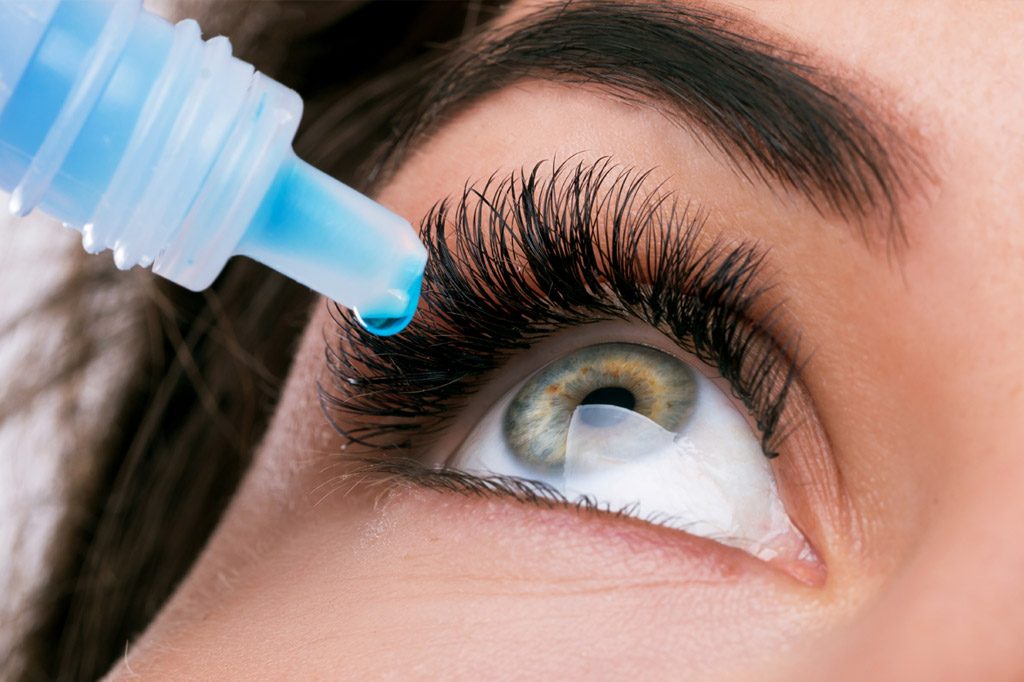
These are the symptoms of a disease called Sjogren’s Syndrome. There is no cure, but its symptoms can be managed.
Sometimes the body’s immune system turns on itself. Instead of fighting off invaders, something causes the system to stop recognising the body’s tissues as its own, and it attacks the body’s own cells.
Depending on what is being attacked, the result is a spectrum of diseases called chronic autoimmune diseases, which include rheumatoid arthritis, scleroderma and lupus. For as yet unknown reasons, women are more likely to be affected by autoimmune diseases than men.
Sjogren’s Syndrome is one of these diseases. It occurs when the body’s white cells attack the exocrine glands, specifically, the body’s tear and salivary glands. The glands stop working properly, and the patient begins to experience dry eyes (keratoconjunctivitis) and dry mouth (xerostomia), persistent joint pain, rashes, cough and breathlessness.
Sjogren’s Syndrome can either occur on its own (primary Sjogren’s Syndrome) or coexist with another autoimmune disease (secondary Sjogren’s Syndrome) such as rheumatoid arthritis, scleroderma or lupus.
No Known Cause, No Cure
Medical science has not yet been able to pinpoint what causes the immune system to behave in this way, although it has been surmised that a patient must first be genetically predisposed to the disease and second, be hit with specific types of immune abnormalities. The presence of these in the patient’s body, such as B cell proliferation and hypergammaglobulinemia, can cause the body’s immune system to start attacking itself.
Because there are many factors linked to the disease and the different ways that it progresses, it is difficult to pinpoint specific risk factors or triggers. Also, about half of those with Sjogren’s Syndrome also suffer from another autoimmune disease, making it harder to diagnose. As a result, there is no known way to cure the disease or even prevent it from occurring.
Fortunately, the symptoms of Sjogren’s Syndrome can be alleviated and managed through products such as artificial tears and prescription medicine from an ophthalmologist or eye doctor. The feeling of a persistently dry mouth, in turn, can be reduced through the use of certain mouthwashes, gels and toothpastes. When and if dry eyes are making it difficult to function, there is the option of using punctal plugs.
These essentially block the eyes’ lower puncta, which tears normally drain from, and cause tears – both artificial and natural – to remain on the eye for a longer period of time, lessening the discomfort associated with dry eyes.

For those with severe dry mouth, it is very important to seek the appropriate preventive dental treatment, because a dry mouth is perfect for cavity-causing bacteria to grow. Existing cavities must also be treated quickly in order to reduce the risk of the cavity spreading into the pulp of the tooth. If this happens, the result is loss of tooth vitality, which will eventually make it necessary for tooth extraction or root canal treatment.
If the symptoms of Sjogren’s Syndrome become very severe, a rheumatologist may prescribe the patient medication to calm the immune system. Considered a last resort, these drugs-known as immunosuppressants-work by weakening the patient’s immune system. The downside to this is that the patient is more likely to fall prey to other diseases.







